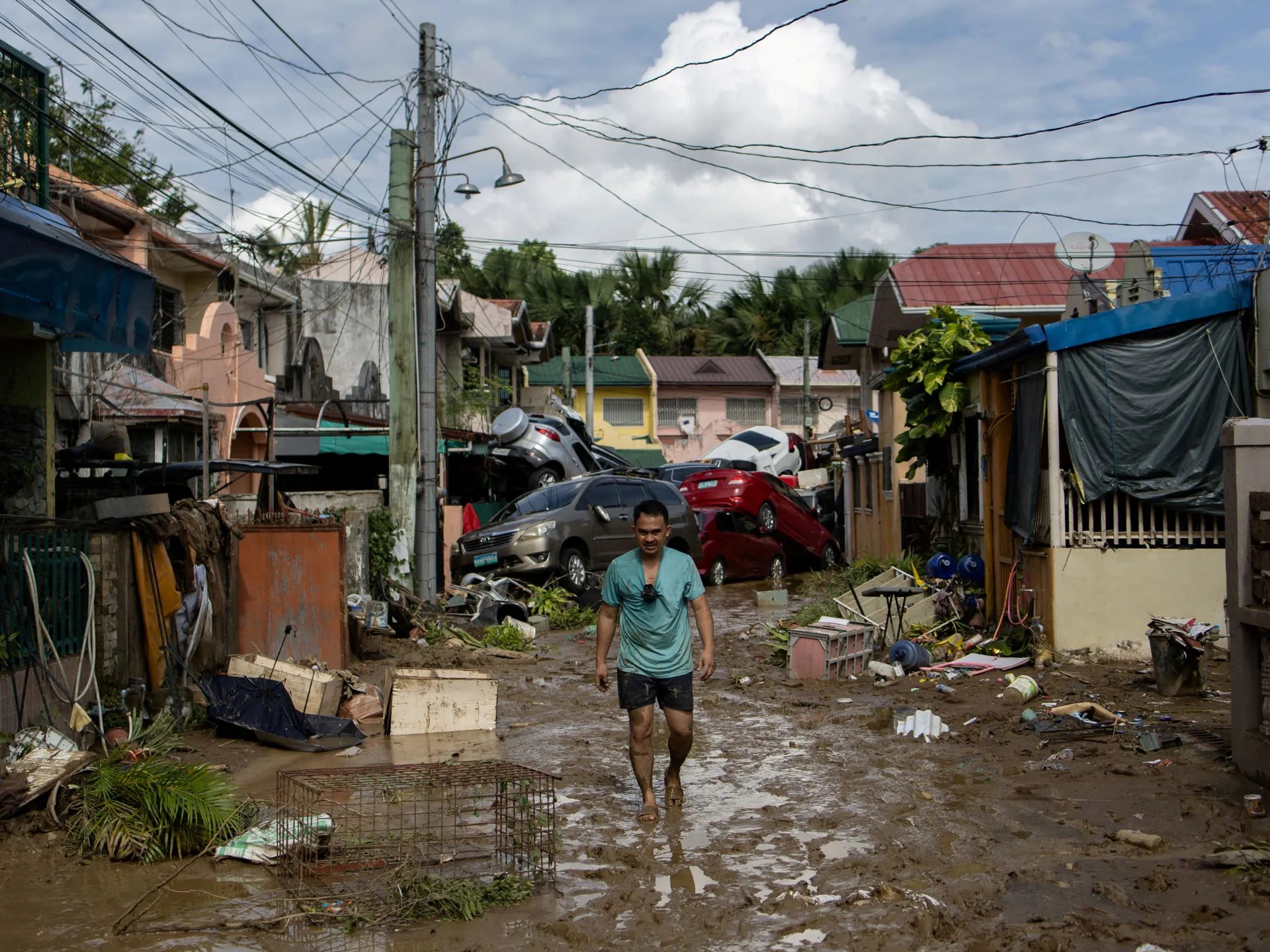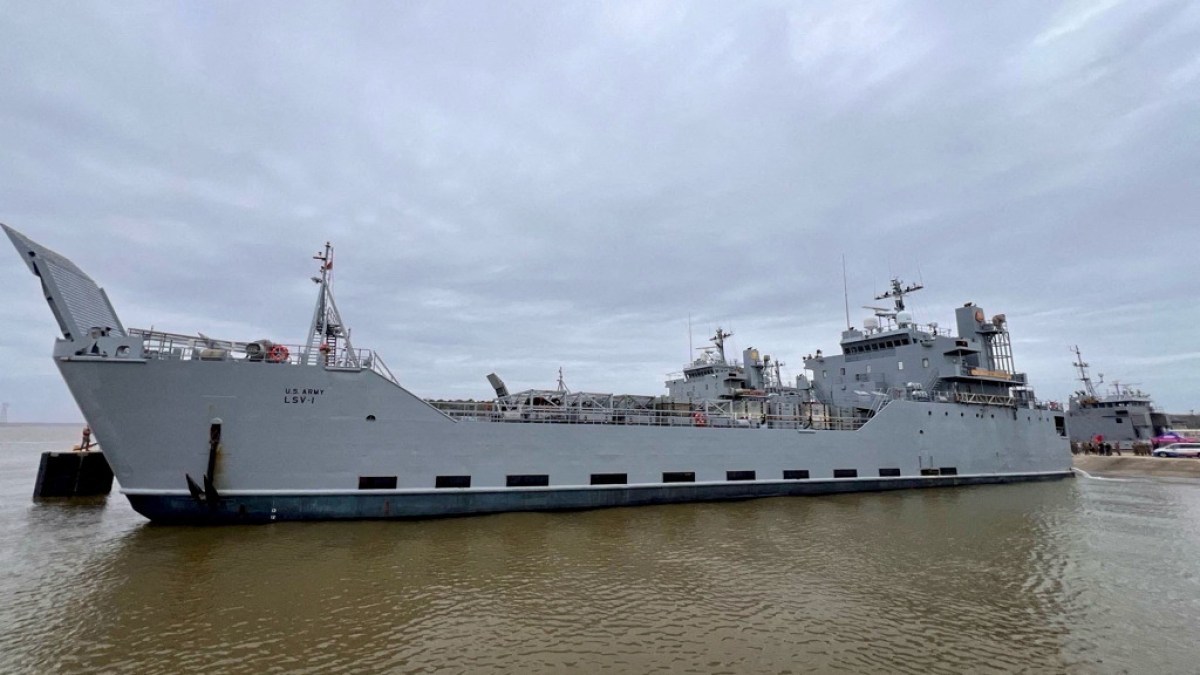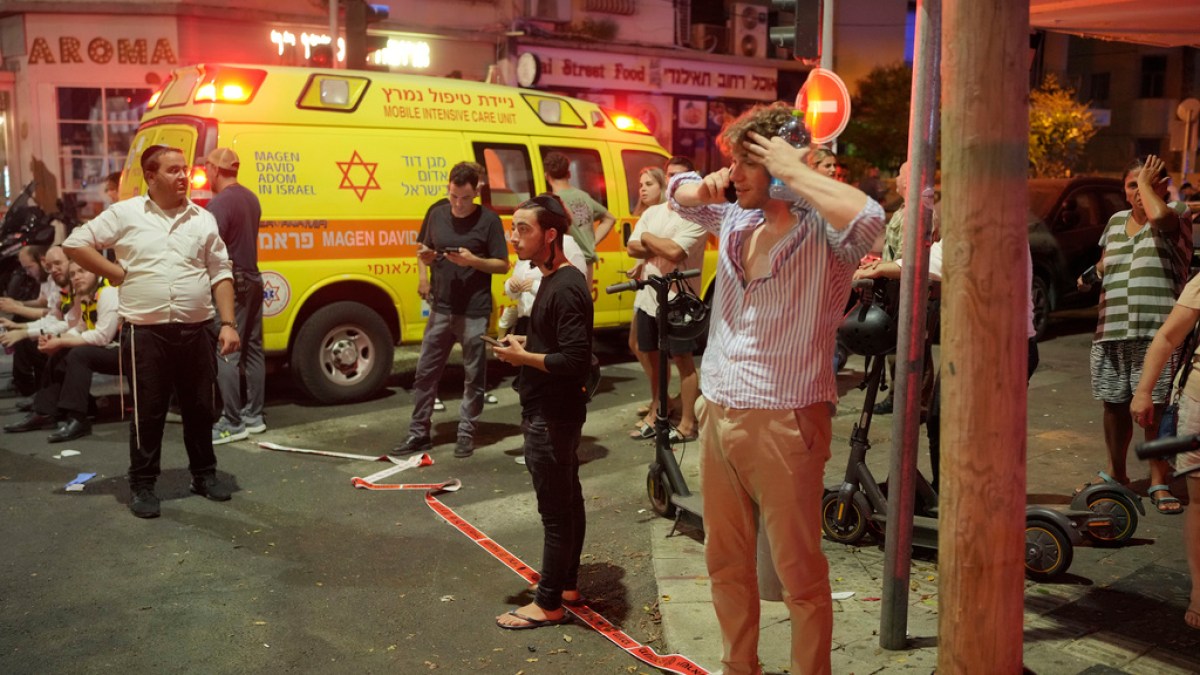Forecasters have warned that the typhoon has regained strength as it moves towards the central regions of Vietnam.
The Philippine disaster agency has confirmed that at least 114 people have died from Typhoon Kalmaegi and another 127 remain missing, as President Ferdinand Marcos Jr. declared a state of emergency and warned of the approach of another super typhoon.
The worst may also be yet to come with Kalmaegi, as forecasters at the US Army's Joint Typhoon Warning Center (JTWC) reported that the storm had regained strength as it now batters the central regions of Vietnam.
Recommended stories
list of 3 itemsend of list
In its most recent alert, issued Thursday morning at 10:00 local Vietnam time (03:00 GMT), the JTWC said Kalmaegi is “moving toward the Vietnamese coast and reaching its maximum intensity.”
Upgrading the storm to a Category 4, the JTWC said “Typhoon Kalmaegi will continue its rapid progress… and will hit the Vietnamese coast” just north of the city of Quy Nhon in central Vietnam.
The typhoon, locally called Tino, devastated large areas of the Philippines when it made landfall in eight areas in the center of the country on Tuesday, in what is officially the deadliest natural disaster to hit the Southeast Asian archipelago nation this year.
Scenes of widespread destruction have begun to emerge in the hardest-hit Philippine province of Cebu, where the storm receded on Wednesday.
Many of the more than 200,000 people who were evacuated returned to find their homes destroyed, their vehicles overturned and streets blocked with piles of rubble.
The arduous cleanup effort has begun, with communities removing mud from their homes and removing large chunks of debris from the streets.
“The challenge now is clearing debris,” Raffy Alejandro, a senior civil defense official, told local radio DZBB.
“It is necessary to clear them immediately, not only to account for those missing who may be in the rubble or have reached safe areas, but also to allow relief operations to progress,” he said.
Speaking to the media after his meeting with disaster response officials, President Marcos described the storm as a “national calamity.” He said declaring a national emergency will give the government “faster access to some of the emergency funds” and prevent hoarding and overpricing of food.
Marcos also warned of another storm approaching the northern Philippines, known internationally as Typhoon Fung-wong and locally as Uwan, which he said “could be even stronger” than Kalmaegi.
The Philippine Atmospheric, Geophysical and Astronomical Services Administration (PAGASA) said it expects Fung-wong to become a super typhoon on Saturday.
PAGASA said it could enter the Philippine area of responsibility late Friday or early Saturday, and has “an increasing probability of making landfall” in northern or central Luzon, the island on which the country's capital, Manila, is located.
On Al Jazeera.
Typhoon Kalmaegi #TinoPH It has moved away from the Philippines but has left a trail of death and destruction. At least 85 people have been confirmed dead, but that number is likely to rise. Search and rescue workers are clearing mud and debris to find those still missing… pic.twitter.com/gdX7enp49l
— Barnaby Lo 吳宗鴻 (@barnabychuck) November 5, 2025
As Kalmaegi moved over the South China Sea before making landfall in Vietnam on Thursday, authorities began mobilizing thousands of Vietnamese troops to help evacuate some 350,000 people in Gia Lai province in the Central Highlands.
Authorities have warned that heavy rain and damaging winds will affect several central provinces, potentially causing flooding in low-lying areas and disrupting agricultural activity, including the important coffee harvest, which is currently underway.
Vietnam's aviation authorities also warned that operations at eight airports, including Da Nang City International Airport, are likely to be affected.












